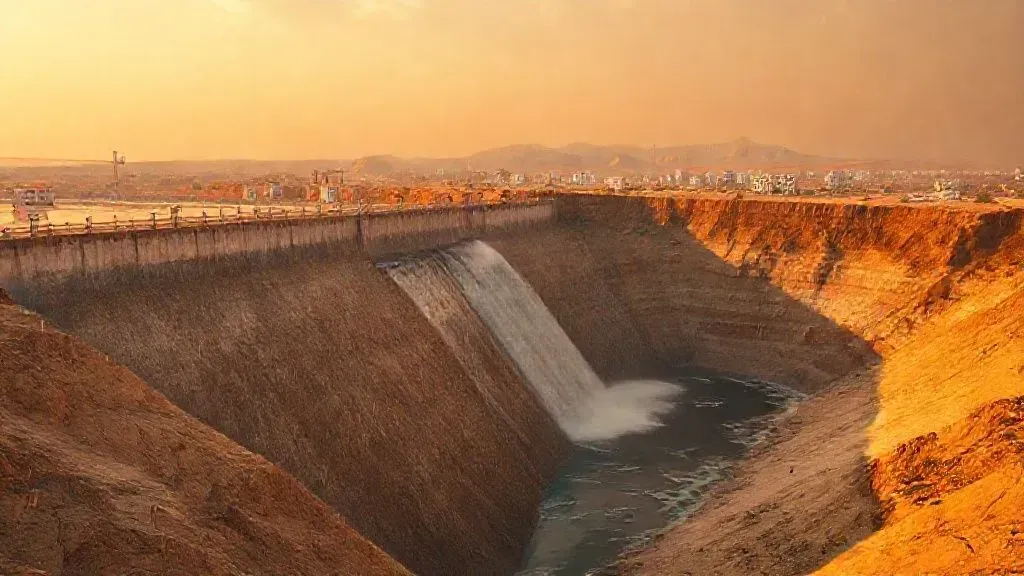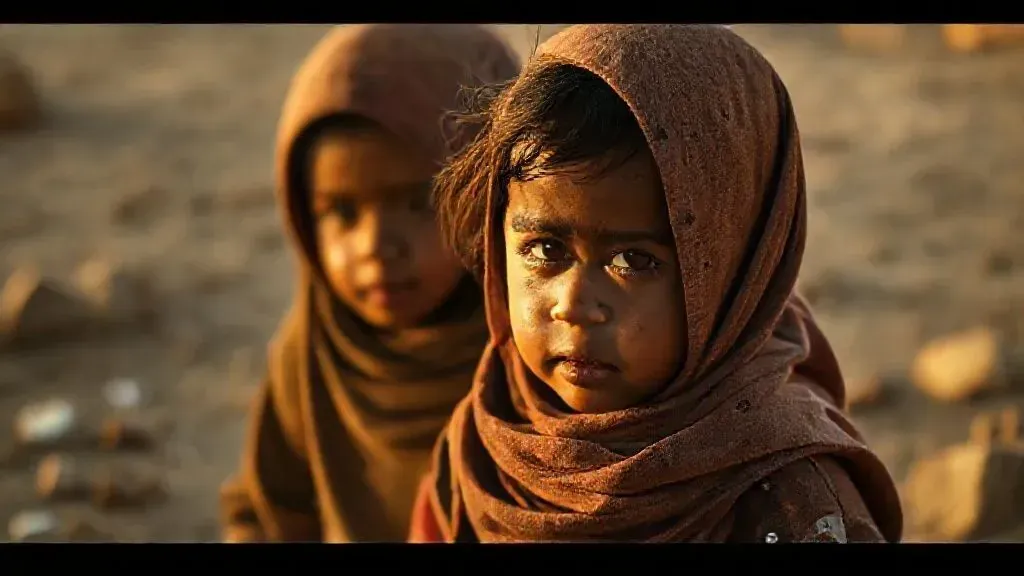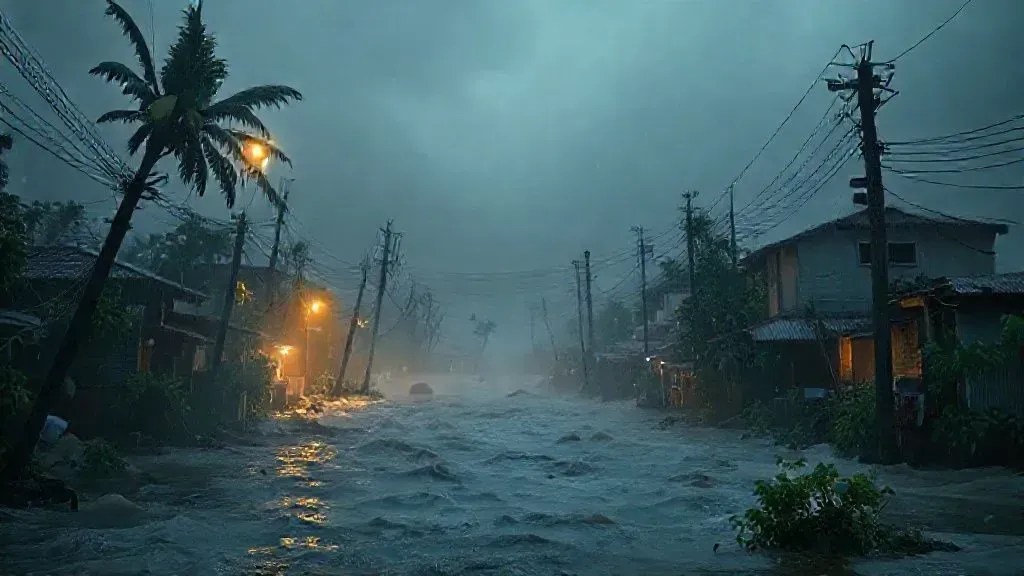
Iran grapples with its worst drought in six decades, leaving key reservoirs nearly empty. Rainfall has plummeted 92% from last year, pushing water supplies to critical lows. This trend signals broader climate shifts impacting the Middle East.
Iran's president issued a stark warning amid escalating water shortages. Masoud Pezeshkian stated that persistent dry conditions could force drastic measures in Tehran.
The Drought's Immediate Threat
Tehran's five main dams hold only 11% of capacity, the lowest since construction. Officials report Karaj Dam at over 90% empty due to evaporation and low inflows.
Without rainfall by December, rationing begins, Pezeshkian explained. He added,
If it still does not rain, we must empty Tehran.
This affects 16 million in Tehran and nearby cities. Residents already face hours without running water, relying on tankers.
Energy Minister Abbas Ali Abadi noted water pressure may drop to zero some nights. He urged conservation to avert cuts.
Causes of the Water Crisis
Low rainfall stems from climate change, with Iran warming twice the global rate. Average temperatures rose 1.6°C per decade over 30 years.
Over-extraction of groundwater worsens the issue. Agriculture consumes 90% of water, depleting aquifers rapidly.
Decades of mismanagement play a role. Supreme Leader Khamenei addressed shortages since 2011, yet infrastructure leaks persist.
Recent conflicts damaged systems, causing floods that strained resources further. Experts blame outdated pipes for 30% water loss.
Long-Term Subsidence Risks
Groundwater overuse leads to land subsidence in Tehran. The city sinks up to 30 cm annually in affected areas.
This creates cracks, sinkholes, and infrastructure damage. In Varamin near Tehran, rates exceed 31 cm per year.
Subsidence heightens earthquake vulnerabilities in fault-line regions. Buildings tilt, increasing collapse risks during tremors.
Historical sites in Isfahan suffer from ground collapses. Evacuations occurred in schools and roads due to subsidence threats.
Kaveh Madani, former environmental official, called Iran
water bankrupt
in 2017. He urged reduced consumption to prevent catastrophe.
Expert Insights and Public Response
Meteorologists predict no rain for weeks, intensifying the crisis. Provinces like Isfahan saw 100% rainfall reduction.
Analysts link drought to shifting patterns, with longer dry spells. Fatemeh Chaparinia noted fewer heavy rain events in cities.
Public frustration mounts, with protests in regions like Khuzestan over shortages. Farmers demand action beyond promises.
Social media highlights the urgency.
Another post underscores regime priorities amid the crisis.
Potential Solutions and Challenges
Government plans penalties for high usage. Cloud seeding offers limited relief in dry conditions.
Relocating institutions southward could ease Tehran's burden. Pezeshkian stressed urgent reforms for sustainability.
International sanctions hinder infrastructure upgrades. Experts call for efficient agriculture and desalination investments.
Cape Town's model averted
Day Zero
through conservation. Tehran might adopt similar strategies to buy time.
Global Context and Lessons
Iran's plight mirrors water stresses in arid nations. Climate models forecast more frequent droughts in the region.
Over-pumping risks irreversible aquifer damage. Restoring balance requires decades, per hydrogeologists.
Urban planning must account for subsidence. Tehran faces partial uninhabitability without intervention.
This situation educates on integrating climate resilience in policy. Nations can learn from Iran's challenges to prevent similar crises.
The warning underscores water security's role in national stability. It prompts reflection on sustainable practices amid environmental pressures.


